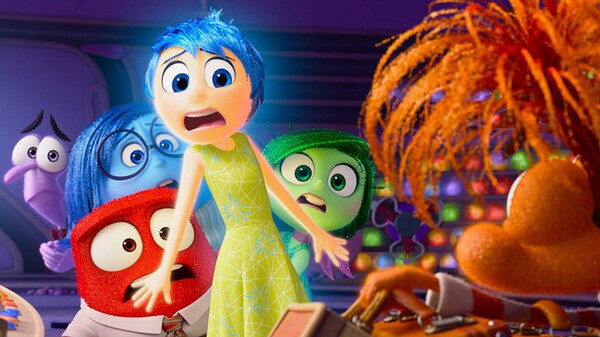Dinner’s ready! The family’s being served
The family has always been one of the most preferred and
widely-used subjects in advertising because it is one of
the best commercial vehicles to represent standard and multi- target
consumer models.
More often than not, the stereotypes portrayed of an average family are
ideal and unreal models: mother, father, and children (strictly one boy and
one girl) or a couple of newly-weds who are young, attractive and content
with a bright future ahead. No one is angry, poor or in a precarious job
situation or even unemployed. Everyone has a role and seemly social status
recognised by society.
No negative or conflicting aspect seems to be part of the family who eats,
drinks, buys and consumes continually and who is always happy and full of
energy. If one adds to this classic format some wholesome sentiments (an
expectant mother or a parent working away from home) then the product is
ready to be sold on a large scale.
At times, fantasy meets with real life. Real families and “TV ad-families”
become part of a perpetual mechanism of reciprocal influence where real
families are fascinated by the TV advert-families who are non-conflicting
and well-off. Conversely, many advertisements modify the stereotypical
perfection to the socio-cultural changes in the average family in order to
keep at pace with the times so as not to seem too distant from real life.
However, the figure of the family is not only used for
commercial purposes. It is often at the centre of social or institutional
campaigns to promote values, themes and services dedicated to the family.
Public and private corporations and institutions promote the family in
campaign awareness themes. The family becomes the protagonist of
communication rather than a vehicle for selling a product in an
advertisement. In this context, the family takes a meta-communication form
rather than a stereotype format where the family talks about itself (but
not to celebrate itself) to have a better understanding of the real
problems and needs in daily life (ranging from mortgage payments, utility
bills, pensions, job safety and accidents, illnesses, or even pain, tragedy
and death). This is a small victory so to speak in favour of the family.
Once the stereotype is set apart or disregarded, the family becomes a
strategic asset and fundamental creative element in public and
institutional corporations. Moreover, it becomes the founding premises with
which social communication cannot do without.
Certainly, the vision of a selection of international advertisements would
show more clearly the fine but substantial difference in the use of the
family in advertising. I believe that comments on individual adverts are
not needed to facilitate the subdivision of commercial and social adverts.
The images and the story accompanied by music (music is the fundamental and
creative ingredient for this format as it creates an emotional bond with
the message) speak for themselves. In some cases, it might seem pure
rhetoric and rather cliché (being seated round a table for supper or Sunday
lunch, the mother who reigns in the kitchen while the father with the young
children lay the table or the parents’ goodnight kiss with the child
holding his cuddly toy all content). We might well be far away from modern
times where it is a feat to have everyone sat at the same table for more
than five minutes or not having the television bellowing out while eating
but I believe we all like to dream at least for a moment that our family is
a large, extended one with grandparents, aunts and uncles with
grandchildren and nephews all around. We are all joined together for a big
lunch under the secular oak tree at the start of the summer in the country.
The sound of the cicada yields to the crickets as night starts to fall, the
first stars begin to appear. Happy viewing!














